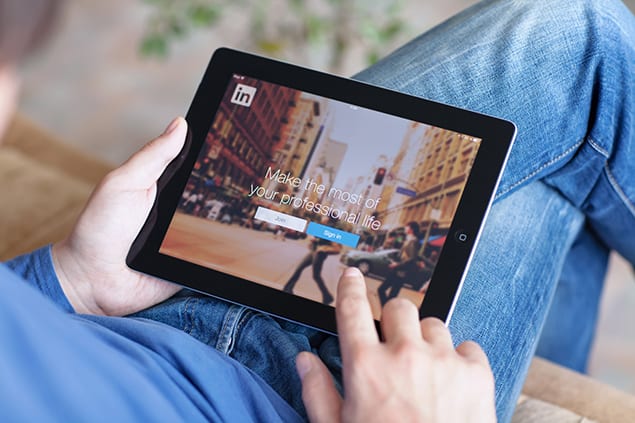5 Ways to Maximize Your LinkedIn Profile
Monday | February 20, 2017 | by Shaunna-Marie Kerr

To fill in-demand roles, an increasing number of employers, recruiters, and human resources professionals are using LinkedIn to search for qualified professionals. In today’s job market, simply having a LinkedIn profile is not enough to stand out. Make the most out of your online presence with the following tips:
Make Your Profile Visible
As a job seeker, you want as many potential connections as possible to view your profile. Through the ‘Privacy and Settings’ option, you can choose to share your profile (or specific elements) with as wide or narrow an audience as you would like. Being more flexible with your privacy settings means that more recruiters can view your profile to see if you are the right fit for the role. Another way to maximize your visibility on LinkedIn is to join professional groups or networks. Many recruiters use these groups as a pre-screening tool to find candidates for industry specific roles. Adding your profile to these groups increases your chances of being contacted for a job.
Stay Connected
When you are actively searching for jobs, you should sign into LinkedIn on a daily basis to check on your connections. You can look at the status updates of your network and provide thoughtful and constructive commentary. For example, if someone posts an article about a business model you admire, you should write a line or two about why you think this model is particularly effective.
If you notice a connection has a new job or has started a new project, leave a small note expressing your congratulations or best wishes for the work ahead. This shows your connections that you are interested and is a great way to keep your name at the front of people’s minds in case a job or other opportunity arises. LinkedIn will offer pre-populated messages for you to send, but taking the time to create original content leaves a more genuine impression.
Use All the Features
LinkedIn allows users to upload content such as PDFs, videos, links, and PowerPoint presentations to their profiles. By using these features to showcase examples of your prior work, you allow your connections to see real examples of the skills you list on your profile. For example, if you have a knack for creating engaging and informative PowerPoint presentations, you can share one or two examples of your best work on your profile. If you have written articles for online magazines, blogs, or journals, you can include links so that people are able to read your work. By using all of these features, you will be ahead of the competition and potentially stand out to prospective employers.
Give Enough Information
Too often on LinkedIn, jobseekers will list their employment history as titles and dates instead of providing details on how their skills were used in any previous positions. Under each job title or previous position, you should have at least three bullet points with strong examples that highlight your expertise and experience. By giving people even a little detail about what you did, how you did it, and why you were successful, you invite them to see your career path, instead of just a list of jobs. Use your employment history to emphasize your achievements to show why you would be a great addition to any employer’s team.
For educational credentials and certificates, write down a few key points under each one. Adding this information gives recruiters and employers a better understanding of what you did to achieve those credentials, and how they would be valuable in a career setting. Especially for internationally educated professionals, listing an explanatory sentence (along with your credential equivalency) can go a long way to gain interest.
If you have one, you can also display your WES digital badge on your LinkedIn profile. A digital badge provides real-time verification of your educational credentials and increases your marketability to employers. Plus, it provides a U.S. or Canadian equivalency for your credential.
Be Selective About Your Skills and Endorsements
Everyone likes to see a long list of their own skills and the people who have endorsed them for those skills, but if each skill on your LinkedIn is not directly related to the image you want to project or the career you hope to have, they could do more harm than good. For example, for most professionals, being proficient in Microsoft Word is the bare minimum required in terms of computer or technical skills. Listing Microsoft Word as a highly endorsed skill before your industry-specific skills may waste valuable space on your profile. By being selective about which skills to showcase on your profile, you also increase the chances that your connections will endorse you for your more valuable skills.
LinkedIn is so much more than just another social media platform. By changing your mindset and treating LinkedIn like the business tool that it really is, you can get better returns on the time you invest in your job search. Better networking, job search, and boosting your professional presence online are all tangible benefits of improving your LinkedIn profile today!
Related Reading
